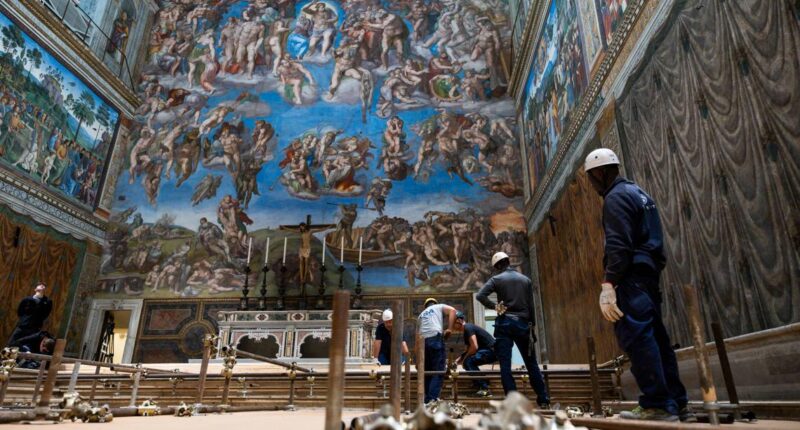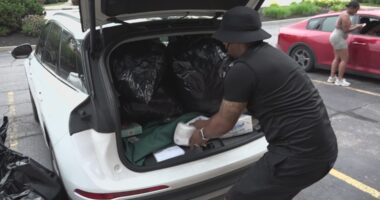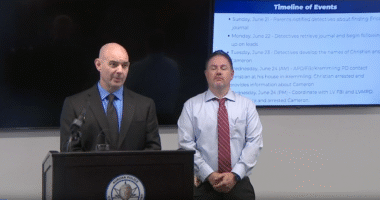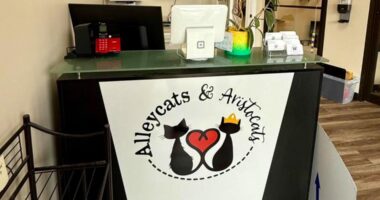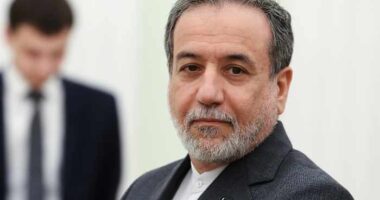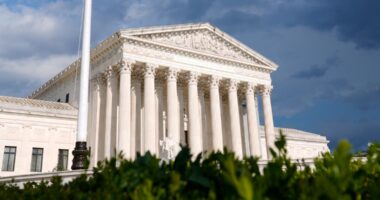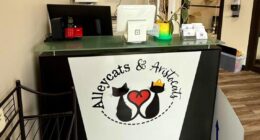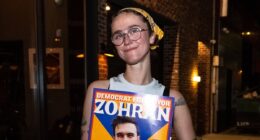The arrangements are all in preparation for the important ceremony marking the beginning of the conclave to select the next Pope after the passing of Pope Francis on April 21 at 88 years old.
In Vatican City, workers have set up a basic stove in the Sistine Chapel where ballots will be burned during the upcoming conclave to choose a new pope. Meanwhile, discussions are ongoing among the cardinals regarding who might be a candidate for the position.
The Vatican has shared a video showcasing the arrangements for the conclave scheduled for May 7. This includes setting up the stove and a raised floor in the Sistine Chapel to ensure a level surface. The video also displayed workers organizing plain wooden tables where the cardinals will be seated to cast their votes beginning on Wednesday, as well as a ramp for any cardinal using a wheelchair to access the main seating area.
On Friday, fire crews were seen on the chapel roof attaching the chimney from which smoke signals will indicate whether a pope has been elected.


The preparations are all leading up to the solemn pageantry of the start of the conclave to elect a successor to Pope Francis, history’s first Latin American pope, who died April 21 at age 88.
Vatican spokesman Matteo Bruni issued a net denial Friday of reports that one of the leading candidates, Cardinal Pietro Parolin, had suffered health problems earlier in the week that required medical attention. The reports, which spoke of a blood pressure issue, were carried by Italian media and picked up by Catholicvote.org, the U.S. site headed by Brian Burch, the Trump administration’s choice to be ambassador to the Holy See.
Speculation about a papal candidate’s health is a mainstay of conclave politics and maneuvering, as various factions try to torpedo or boost certain candidates. Francis experienced the dynamic firsthand: When the votes were going his way in the 2013 conclave, one breathless cardinal asked him if it was true that he had only one lung, as rumors had it. (Francis later recounted that he told the cardinal he had had the upper lobe of one lung removed as a young man.) He was elected a short time later.
Bruni also confirmed the names of two cardinal electors who will not be participating, bringing the number down to 133 with four more still due to arrive in Rome: Cardinal Antonio Cañizares Llovera, the retired archbishop of Valencia, Spain, and the retired archbishop of Nairobi, Kenya, Cardinale John Njue. Both said they couldn’t participate due to health reasons.
What happens in the conclave?
Wednesday morning begins with a Mass in St. Peter’s Basilica celebrated by the dean of the College of Cardinals, Cardinal Giovanni Battista Re, after which the cardinal electors are sequestered from the rest of the world. In the afternoon, they will process into the Sistine Chapel, hear a meditation and take their oaths before casting their first ballots.
If no candidate reaches the necessary two-thirds majority, or 89 votes, on the first ballot, the papers will be burned and black smoke will indicate to the world that no pope was elected.
The cardinals will go back to their Vatican residence for the night and return to the Sistine Chapel on Thursday morning to conduct two votes in the morning, two in the afternoon, until a winner is found.
After every two rounds of voting, the ballots are burned in the stove. If no pope is chosen, the ballots are mixed with cartridges containing potassium perchlorate, anthracene — a component of coal tar — and sulfur to produce black smoke out the chimney. If there is a winner, the ballots are mixed with potassium chlorate, lactose and chloroform resin to produce the white smoke.
The white smoke came out of the chimney on the fifth ballot on March 13, 2013, and Cardinal Jorge Mario Bergoglio was introduced to the world as Pope Francis a short time later from the loggia of St. Peter’s Basilica.
The preparations are underway as the cardinals meet privately in more informal sessions to discuss the needs of the Catholic Church going forward and the type of pope who can lead it.
Copyright 2025 Associated Press. All rights reserved. This material may not be published, broadcast, rewritten, or redistributed.
